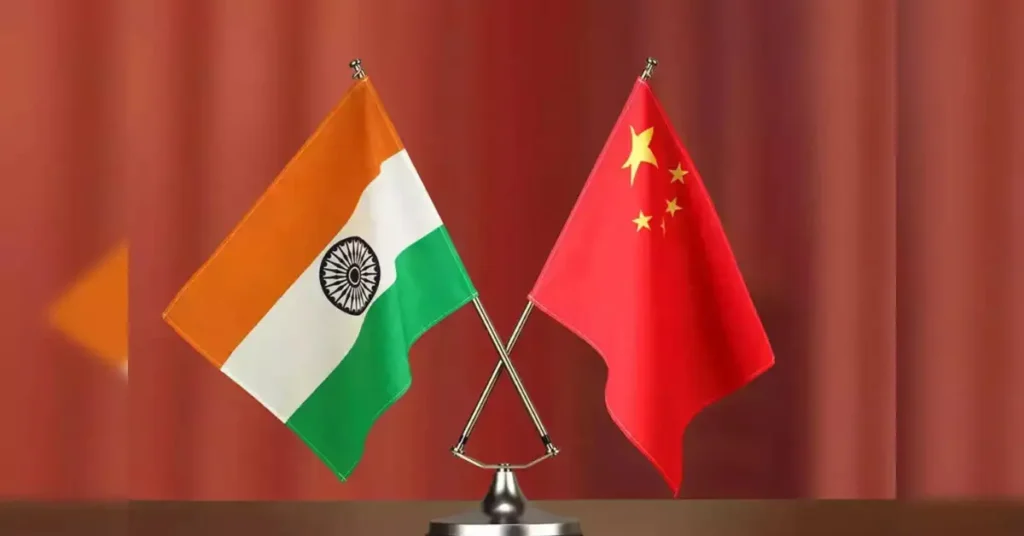Market Overview
India’s recent decision to impose anti-dumping duties on five key products imported from China is a significant development that could reshape the landscape for various sectors in the country.
The products affected include isopropyl alcohol, sulfur black, cellophane transparent film, thermoplastic polyurethane, and unframed glass mirrors.
These duties are set for a period of five years and vary in value from $82 to $389 per ton, depending on the product and the exporting firm.
This move, recommended by the Directorate General of Trade Remedies (DGTR) and finalized by the finance ministry, aims to shield domestic industries from cheap imports that threaten local production and jobs.
With China being India’s second-largest trading partner and a growing trade deficit of $85 billion reported for the fiscal year 2023-24, this step reflects India’s ongoing efforts to establish a level playing field for its manufacturers.
Key Products Affected:
- Isopropyl Alcohol: Used in medical and industrial applications, now subject to duties ranging from $82 to $217 per ton.
- Sulphur Black: A vital product for dyeing textiles, now attracting a duty of $389 per ton.
- Cellophane Transparent Film: A popular packing material with a duty of $1.34 per kg.
- Thermoplastic Polyurethane: With applications in automotive and electronics, duties range from $0.93 to $1.58 per kg.
- Unframed Glass Mirrors: Imposed duties of $234 per ton.
Impact on Investors
Investors should be aware that this policy shift may create opportunities and risks across various sectors.
Domestic manufacturers of the affected products could see a boost in profitability as they face less price competition from imports.
However, companies reliant on these imported materials may encounter higher costs, impacting their margins and stock prices.
Potential Opportunities:
- Increased Domestic Production: Companies that produce these products locally may experience an uptick in demand, leading to potential stock price increases.
- Sector Growth: Industries related to textiles, automotive, and pharmaceuticals could benefit from the reduced competition from cheaper imports.
Risks to Consider:
- Supply Chain Disruptions: Industries dependent on the affected imports might face increased costs, which could lead to higher prices for consumers and reduced demand.
- Regulatory Uncertainty: Ongoing investigations by the DGTR into other products may lead to further duties, impacting various sectors unpredictably.
Future Outlook
As India continues to navigate its complex relationship with China, investors must stay informed about how these duties will evolve and their potential impact on the market.
The DGTR has also initiated probes into additional products, suggesting that the current landscape may change.
Opinions
“India’s move to impose anti-dumping duties is a critical step toward safeguarding local industries. However, investors should monitor how these changes affect supply chains and consumer prices.”
“While we may see short-term gains for local manufacturers, the broader implications for import-dependent sectors need careful assessment.”
Key Takeaways
- Duties imposed on five Chinese products for five years.
- Focus on protecting domestic industries from price undercutting.
- Investors should consider both opportunities and risks in affected sectors.
| Product | Import Value (2023-24) | Anti-Dumping Duty |
| Isopropyl Alcohol | $89.25 million | $82 to $217 per ton |
| Sulphur Black | $4.3 million | $389 per ton |
| Cellophane Transparent Film | $60 million | $1.34 per kg |
| Thermoplastic Polyurethane | $330 million | $0.93 to $1.58 per kg |
| Unframed Glass Mirrors | $25 million | $234 per ton |
Bottom Line:
Stay informed about market developments and their implications for your investments. For more insights and analyses, check out our related articles on market trends and economic reports.
Understanding these dynamics can help you navigate your investment strategy effectively.
By keeping a close watch on these developments, investors can better position themselves in a changing economic landscape, taking advantage of emerging opportunities while mitigating potential risks.
Source:-
Also, Read | Global Economic Challenges: Navigating High Debt and Slowing Growth



